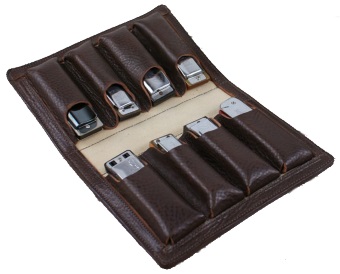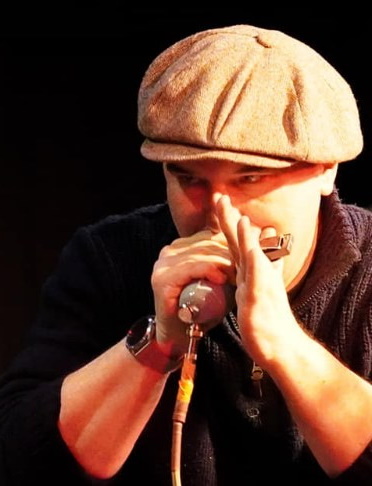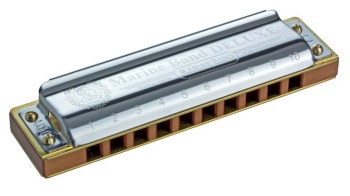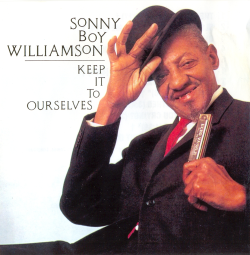 The keys to success
The keys to success
Different players and tutors will give different answers depending on their experience and personal preference. The choice is subjective and may also be steered by budget. From a practical perspective however, there are keys that are used a lot and others that tend to gather dust. Here’s our take.
A complete set of regular tuned harps will have twelve keys : A Bb B C Db D Eb E F F# G Ab
Most players start with a C harmonica. This is mid-range tonally and most tutorial information is published in this key. Next up are A D G F and Bb. These keys are used most often on the band stand, when jamming and when learning from recordings by the greats.
We then recommend a Low F. A regular F is very high tonally. A Low F lends itself to blow bending in holes 8-10. It’s also good for familiarising with the feel of Low tunings. Then we’d recommend Eb and Ab, and finally B, Db, E and F#. From experience, these last four are used least frequently.
You might also like to supplement your spread with a High G. Tonally a normal G is the lowest of the regular tunings. There may be the odd occasion when you want to work in a higher pocket. Pencil Full of Lead by Paolo Nutini is an example.
 How low can you go?
How low can you go?
From here, and if you’re willing to splash out, you can add your choice of Low tunings. These are an octave below regular tuned harps. They are not only ideal for creating a darker mood, but also for occupying a lower pocket when accompanying, for example, slide guitar. Listen to recordings by Son of Dave for an idea of how great these sound, and also Mr Lucky by Gary Primich.




 This information is given from a lip-pursed embouchure perspective, but may be useful for other embouchures. Audio files are based on a 10 hole diatonic harmonica in C major.
This information is given from a lip-pursed embouchure perspective, but may be useful for other embouchures. Audio files are based on a 10 hole diatonic harmonica in C major.

 The keys to success
The keys to success How low can you go?
How low can you go?